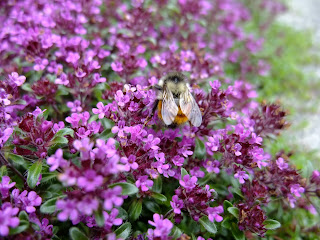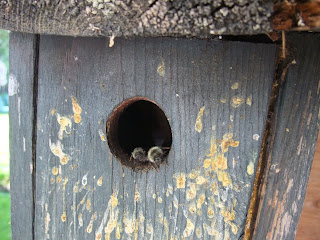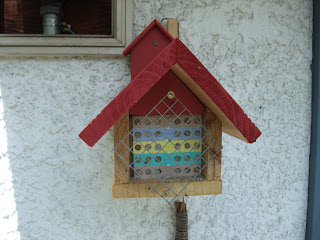It is time to remove mason bee cocoon hulls at the end of spring.
 |
Earlier in the spring, Mason Bees chewed their
way out of their cocoons, leaving the cocoon hulls. |
The timing of this somewhat depends on the weather off course. I can't believe it is 9 June and a few mason bees are still flying!
 |
Remove Release house and examine
cocoon hulls inside. |
When only a few mason bees remain active at the nest it is time to remove cocoon hulls. Nest tunnels have been filled over the past month or so, and pretty well all activity is at or near its end. Cocoon hulls may contain developing parasitic wasps and wasps can destroy a lot of newly developing cocoons.
 |
Empty cocoon remains from the emergence
box to a transparent container, like a petridish. |
Take cocoon release houses down, and remove all cocoons in a transparent container, such as a large petri dish. Make sure that cocoons are one layer thick. Leave at room temperature. If any additional bees emerge, release them. If no bees emerge over the next 3 to 4 days, it is unlikely that there are any unemerged- live bees inside the cocoon.
Check for total emergence. See what percentage of cocoons emerged successfully. If success is greater than 95% you have done well. If it is less, then carefully open closed cocoons to see what is inside.
Cocoon contents might be parasitic wasps or pollen lumps where the bee larvae has died during development. Other finds might be parasitc fungi- black pupal cases. Do the examining over a piece of newspaper, so it can be discarded.















































